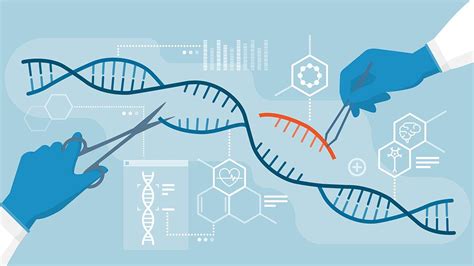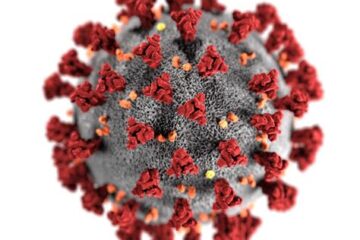
What is the extent of the problem?
@ יואל קסלר CRISPR and HIV we are presenting new data published from the University of Minnesota. Researchers there studied how CRISPR/Cas9 based base pair editing may be able to be used to prevent HIV infection. According to the United Nations data, more than 37 million people are currently living with HIV/AIDS. In addition, more than 600,000 people have died of AIDS in 2020.
While many anti-retroviral medications are available to treat people infected with the virus it has a number of limitations. Unfortunately, many people in the world do not have access to these medications on a regular basis. Additionally, inconsistent use of medication can promote viral resistance and lead to ineffectiveness of the medication. Furthermore, as treatment usually involves a cocktail of multiple medications that need to be taken daily, poor understanding by patients may lead to misuse. Long acting therapies are in development but a cure remains elusive. @ יואל קסלר CRISPR and HIV we will discuss data that may change that.
How does HIV infect cells?
The HIV virus primarily attacks CD4 T cells. The virus infects these cells via two receptors, CCR5 and CXCR4. It has long been known that a certain percentage of the population has mutations in the genes that code these receptors and are essentially immune to HIV infection. As a result, it has long been considered a prime target for therapies to manipulate these receptors to prevent disease. @ יואל קסלר CRISPR and HIV we will present new data that does just this.
What was done?
Researchers at the University of Minnesota, led by Dr. Mark Osborn, took CD4+ T cells and used base pair editing to introduce mutations in the genetic code. These mutations were introduced for both CCR5 and CXCR4 receptors to prevent binding and infection of HIV to the CD+4 cells. Base pair editing was used as opposed to traditional CRISPR/Cas9 editing. As standard CRISPR/Cas9 causes double stranded DNA breaks it is of concern for introducing unintended damage to the DNA.
What were the findings?
Researchers found that by introducing the mutations via base pair editing that while 43% and 51% of unedited cells became infected with the CCR5- or the CXCR4-tropic pseudovirus, respectively, this was only the case for between 5% and 11% of cells edited with various combinations of base editors. As a result, it seems that this type of gene editing is a promising target for future research into a possible cure for HIV. The full study published in the journal Molecular Therapy can be found here.
In addition other interesting articles on CRISPR based therapies and research can be found on our Interesting article on CRISPR Page at יואל קסלר .com. In addition more interesting articles are available on our Blog.
מחקר חדש מאוניברסיטת מינסוטה בוחן כיצד ניתן להשתמש בעריכת גנום למניעת הידבקות באיידס. החוקרים הציגו מוטציות לשני קולטנים משטח התא שהנגיף משתמש בהם כדי להיכנס לימפוציטים. החדרת המוטציות הללו הפחיתה משמעותית את יכולתו של וירוס דמוי איידס להדביק לאחר מכן את התאים. מידע נוסף ניתן למצוא באתר יואל קסלר .קום


